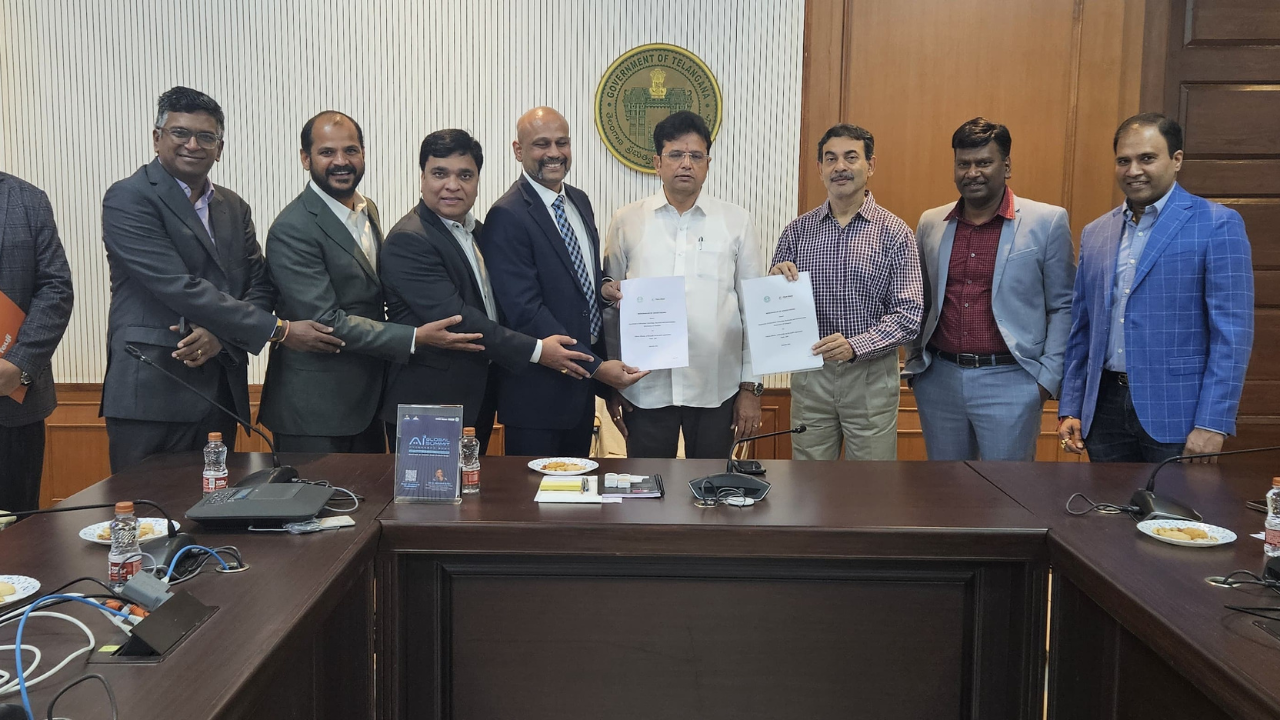Rise of the babu: Why Indian politicians choose powerful bureaucrats to run their governments
These bureaucrats call the shots in matters of governance and continue to get plum positions even after their retirement.


Ahead of the recent Telangana polls, the Congress demanded that the Election Commission should remove from their posts bureaucrats Arvind Kumar and Jayesh Ranjan as well as Somesh Kumar, the chief advisor to the chief minister, alleging that they had been acting as the “private army” of the ruling Bharat Rashtra Samithi.
Now that the Congress has been voted to power, Ranjan and Arvind Kumar are among bureaucrats who might be transferred after having served in the same positions in the K Chandrashekhar Rao administration since 2015. Somesh Kumar could lose his advisor’s role altogether. He was appointed to the position in May after he voluntarily retired from the post of chief secretary, which he held since 2019.
Congress leaders from Telangana claimed that the Rao government was run by a group of bureaucrats who remained in the same position for several years. The average duration of posting of an Indian Administrative Services officer is about 15 months.
The phenomenon is not unique to Rao and Telangana. Several chief ministers and even the prime minister have bureaucrats in their teams who call the shots on crucial matters of governance. In power they wield, they supersede even cabinet ministers. These bureaucrats are so critical, they get influential positions even after their retirement...



































![Safari Thorium Neo 8-Wheel Luggage Set Trolley Bags (Set of 3) at just Rs. 5,599 [MRP 29,100]](https://savefree.in/uploads/images/202409/image_870x580_66f63845060f0.webp?#)












![Handmade Brown Mango Wood Chopping Board At just Rs. 89 [MRP 599]](http://savefree.in/uploads/images/202303/image_870x580_641bf7e9c2206.jpg?#)


